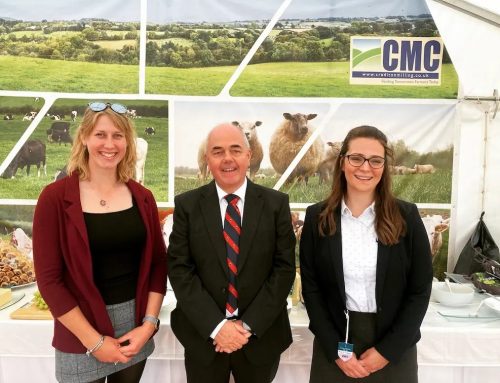At SCN we are passionate about helping to improve silage qualities to increase forage intakes, improve health and save you money!
Last spring one of our farmers wanted our help to try and improve the quality of their grass silage, however they were not sure on whether or not to use a silage additive.
Tori, our ruminate technician, took representative samples of their 1st cut silage as it was being brought into the pit and split the samples into 2 groups – Group 1 was our untreated silage sample, Group 2 was our treated silage samples, which were mixed with Sil-All 4×4 silage additive.
The 2 groups of samples were separated into air tight jars (replicating the ensiling process), 3 jars of of untreated and 3 jars of treated. A jar from each group was then opened at day 7, then day 14 and finally day 28 to compare pH levels of the silage at different stages of the fermentation process.


The aim of a good fermentation process is to have a rapid pH drop in order to have good anaerobic bacteria growth and reduced spoilage from secondary fermentation.
Results:
We used pH meter reading tape to measure our results from each sample. Our readings show that at day 7 the untreated sample reading was 5.4, this indicates there is still aerobic bacteria (the bad bugs) present. Results from the treated sample showed a reading of 4, this indicates we have had a repaid pH drop and no O2 is present causing aerobic spoilage. At day 28 both samples had the same pH reading of 3.5, this shows that both sample were at the optimal pH level.
In summary the silage project carried out was to show how using silage additive can help to improve silage fermentation, quality and feed value. Results from both groups indicated that at day 28 they both reached optimal pH level of 3.5, however at day 7 the treated sample had a much more rapid pH drop to 4. Therefore the untreated silage sample would of had aerobic spoilage, increasing the risk of damaging silage quality and feed value.
With expanding our scientific knowledge of products we use on farm, we can help many more farms to improve their silage quality, reduce bought in feed costs and improve overall herd health.




